Most employers in America have some kind of workplace harassment training in place. The majority of the time, it’s hokey, outdated videos full of unrealistic scenarios that completely miss the nuances of personal interaction, followed by a series of questions with very obvious answers. Pretty much anyone could correctly answer those questions without actually paying attention to the videos. We all know the “right” answers because they’re so obvious.
The recent sexual harassment allegations in the news have left many business owners and HR departments wondering what they can do to improve sexual harassment training in their companies, while enduring push back from staff who are dreading yet another terrible seminar.
It’s important for every company to have effective workplace harassment training and subsequent guidelines for how to handle accusations, as not doing so can leave you vulnerable to lawsuits. But not having proper training and procedures can also create a breeding ground for workplace harassment, giving rise to employees feeling unsafe at work, which doesn’t create the type of environment people enjoy working in — and it’s definitely not the kind of place that recruits and retains the best talent.
Workplace Harassment in the News
Sexual harassment has been prevalent in the news lately, as more and more women (and men) are coming forward about their experiences with workplace harassment. Discussions of harassment and assault have been picking up momentum since the summer of 2016, when 24 women made assault or harassment allegations against then-presidential candidate Donald Trump.
Since then, multiple men have been accused, including former Fox News CEO Roger Ailes, former Fox News host Bill O’Reilly, filmmaker Morgan Spurlock, celebrity chef Mario Batali, Metropolitan Opera conductor James Levine, former host and creator of the radio show "A Prairie Home Companion" Garrison Keillor, former Today Show anchor Matt Lauer, journalist Charlie Rose, hip hop producer Russell Simmons, former Minnesota Senator Al Franken, actor Kevin Spacey, comedian Louis C.K., defeated Alabama Senate candidate Roy Moore, and of course, movie mogul Harvey Weinstein. The list goes on, and on, and on.






















